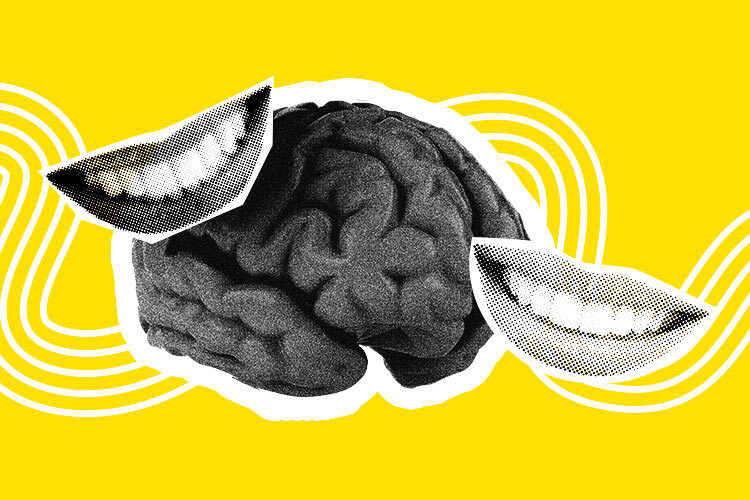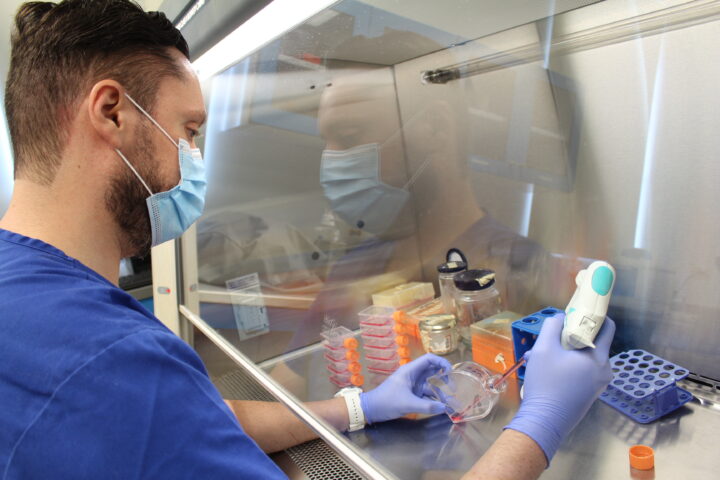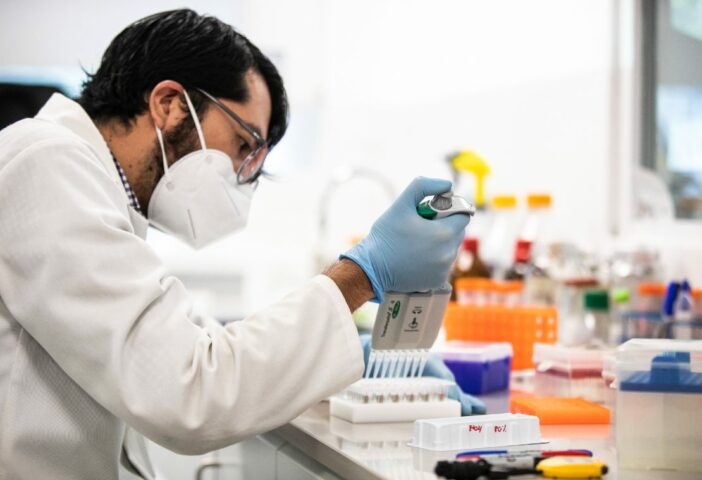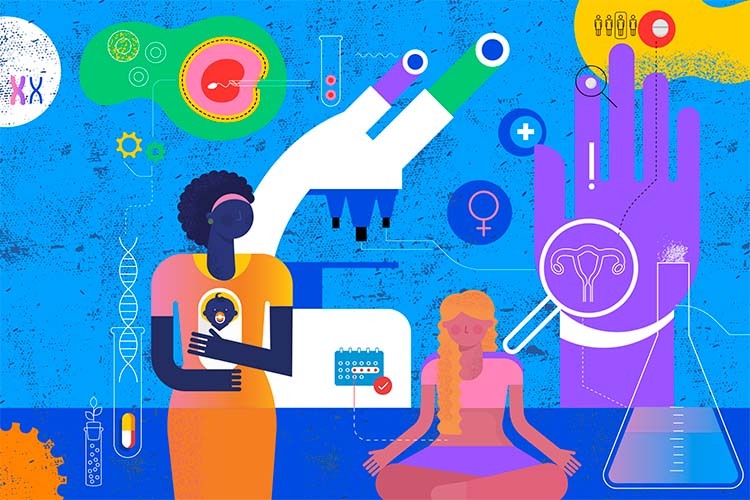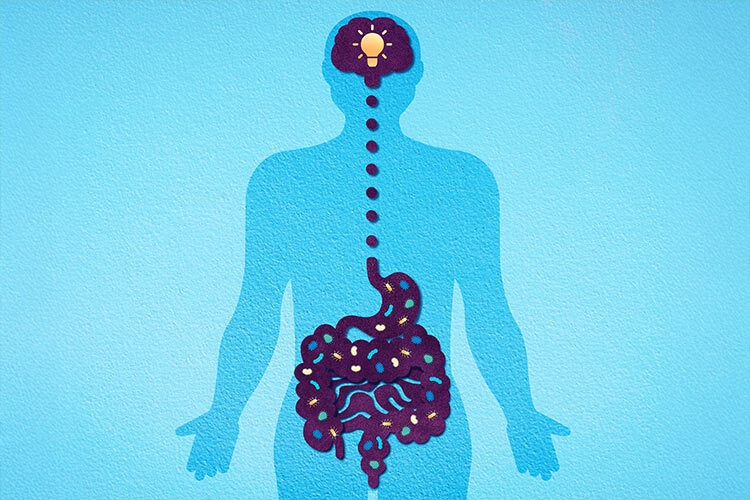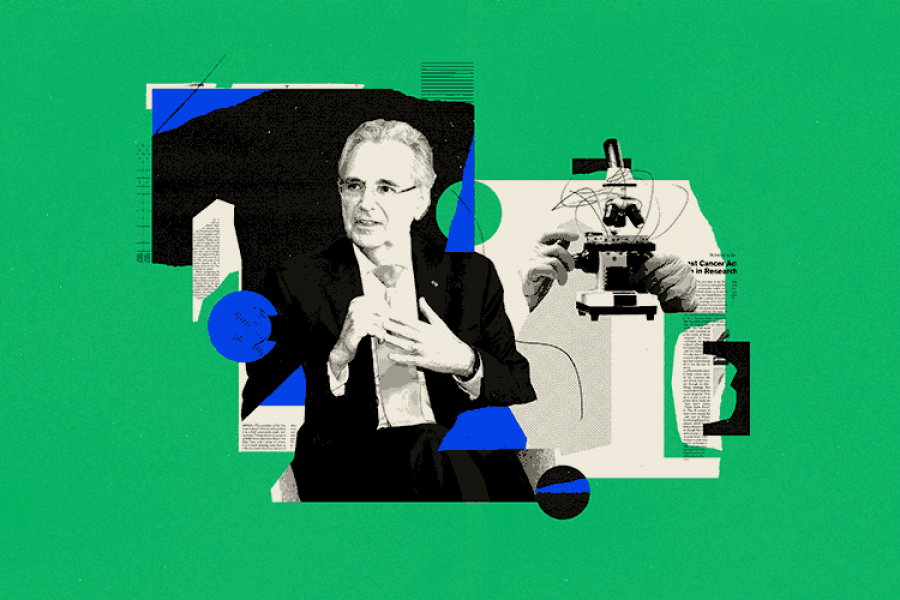Happiness is a complex concept that varies from person to person, influenced by factors such as age, culture, genetics, and personal experiences. Additionally, “being happy” is linked to both phylogenetic evolution, which refers to the historical development of a species, and ontogenetic evolution, which focuses on individual development. In other words, happiness goes beyond merely feeling joy, satisfaction, or gratitude.
Eduardo Calixto, head of Neurophysiology at the National Institute of Psychiatry, explains that happiness is related to “the connections between various brain nuclei” and the interaction of multiple neurotransmitters. Key brain areas such as the hippocampus, associated with memory, and the amygdala, linked to emotions, play a crucial role in this process.
The Quartet of Happiness
When people experience moments of happiness, various parts of the brain become activated, triggering the release of four famous and important hormones collectively known as “the quartet of happiness”: dopamine, oxytocin, endorphins, and serotonin.
Dopamine: The hormone of reward and pleasure. When we engage in activities we enjoy, reach a goal, or savor our favorite meal, the ventral tegmental area of our brain (part of the nervous system) becomes activated, and we start releasing dopamine. This hormone is linked to feelings of reward and pleasure, motivating us to repeat behaviors that bring satisfaction.
Endorphins: The body’s natural painkillers. Endorphins act as natural analgesics, blocking pain and providing a sense of well-being. They are found in the brain and midbrain and are released when we exercise or laugh. Laughter not only improves our mood but also helps reduce pain.
Oxytocin: The “love hormone.” This hormone helps reduce the activity of the sympathetic nervous system, which kicks in during stressful or dangerous situations. It promotes a sense of calm and well-being, facilitating bonding and trust between people.
Ricardo Caraza, head of the psychiatry and mental health department at TecSalud, explains that oxytocin is connected to social interaction, attachment, and feelings of safety. Its release occurs in affectionate situations like physical touch and friendships, helping to strengthen emotional bonds.
Serotonin: The natural mood booster. Serotonin is a neurotransmitter, meaning it helps nerves communicate with one another. It’s essential for maintaining a positive mood, as well as for memory and learning. Meditation is an excellent way to boost serotonin levels.
Research led by Dr. Richard Davidson at the University of Wisconsin found that Buddhist monks who meditate regularly show higher activity in the left prefrontal cortex, a brain area activated by positive emotions and enthusiasm. Matthieu Ricard, a French Buddhist known as “the happiest man in the world,” has been studied extensively in this context.
Happiness as a Permanent State of Mind and Genetics
It’s impossible to be happy all the time. Eduardo Calixto explains that “dopamine needs to be regulated,” as too much of it can become neurotoxic. Happiness is also a dynamic process that changes with age and life experiences. “Between the ages of 17 and 25 is when the most dopamine is released,” Calixto says, explaining why youth tends to be a particularly happy stage of life.
Happiness is a multifaceted phenomenon influenced by both internal and external factors. Genetics, for example, predispose us to certain levels of happiness, but life experiences and our environment also play significant roles.
A study published in the journal Nature revealed that while genetics influence our propensity for happiness, their role is less significant than that of our environment. According to the study, genetics account for 40% of our mood, while the environment impacts 60%.
Rosalinda Ballesteros, director of the Institute of Integral Wellbeing Sciences at Tecmilenio, highlights promising advancements in this field: “The findings for the future are very encouraging. For example, epigenetics shows us that the genetic expression of diseases can be modified through positive emotional states. DNA chains can be reconstructed to prevent certain genetic expressions, and it’s also been observed that the size of axons in neurons can benefit, which contributes to longevity with quality for those who maintain positive emotional states.”
Can the Brain Be Trained to Be Happy?
Just as we go to the gym to strengthen our bodies, it’s crucial to exercise our brains to encourage the production of the hormones that lead to happiness. Rosalinda Ballesteros suggests several exercises, which you can tailor to your personal preferences and needs, centered around the emotion of awe: taking photos if that’s your thing, exploring new places, and creating gratifying experiences to train your brain to seek happiness.
Rather than focusing on what seems out of reach, shifting our attention to what we already have and appreciating it, as well as engaging in activities we’re passionate about and valuing the present, may hold the key to a fuller, more satisfying life.
Did you find this story interesting? Would you like to publish it? Contact our content editor to learn more at marianaleonm@tec.mx
